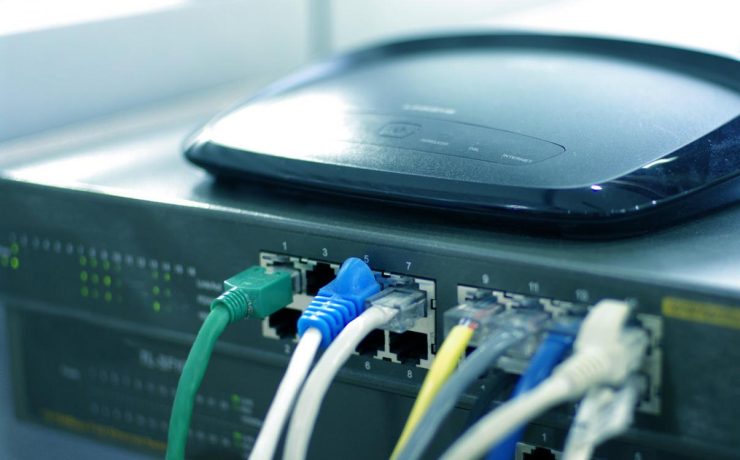
How to Smoothly Implement New Technology in the Workplace
Are you bringing in new workstations? What about a new software suite, or a better database? Bringing in new technology has historically been a challenge that requires planning, documentation, testing, and after-action feedback. Several things could go wrong on the technical side and the personal side, but proper preparation can







